
Earth-Friendly Packaging
Cut waste & boost your brand with earth-friendly packaging. Explore recyclable, compostable, & plastic-free options + custom branding tips
Plastic Packaging: A Growing Problem
Plastic packaging is everywhere—and it’s harming the planet. Every year, millions of tons of plastic waste end up in landfills and oceans.
The EPA says that packaging makes up 36% of all plastic waste. Only 9% of this waste is recycled. This shows a big problem in our waste management and environmental practices.
This low recycling rate shows that most materials that could be reused are going to landfills or incinerators. This contributes to environmental damage and uses up our resources.
To put this into perspective, consider the types of waste being generated. This includes plastics, metals, paper, and organic materials.
All of these can be recycled and made into new products. However, various factors hinder effective recycling efforts. There are several problems with recycling.
- First, many people do not know much about recycling.
- Second, there are not enough places to collect and process recyclable materials.
- Finally, people often mix recyclable items with regular trash.
Moreover, the economic aspects of recycling play a crucial role. In many areas, recycling can cost more than making new materials from raw resources. This often leads people to choose disposal over recycling. This economic disincentive is compounded by fluctuating market demands for recycled materials, which can further discourage investment in recycling programs.
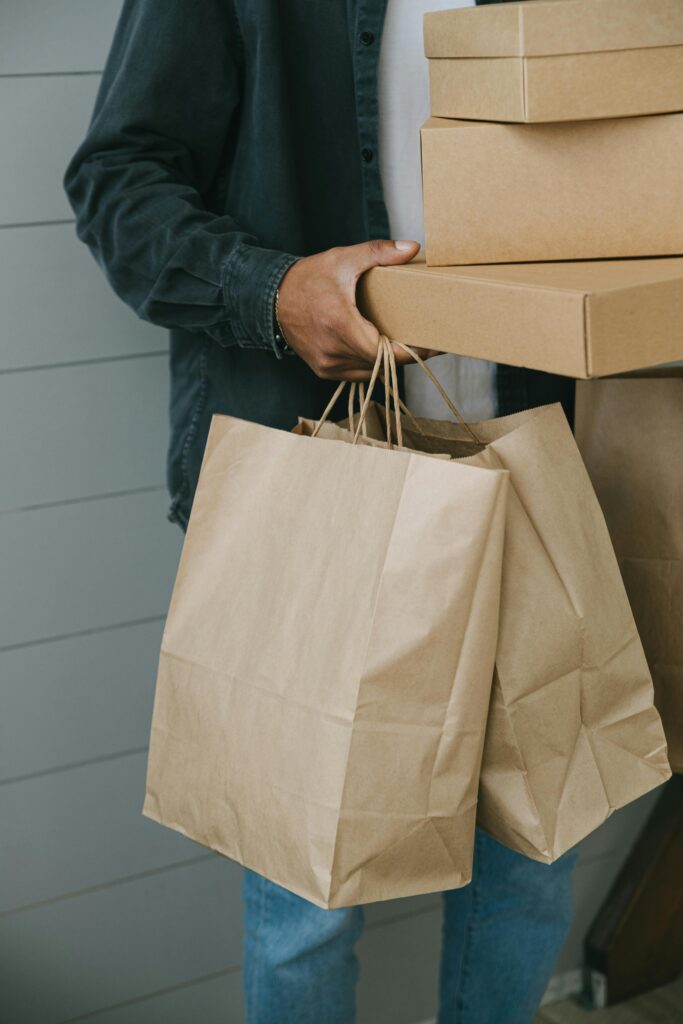
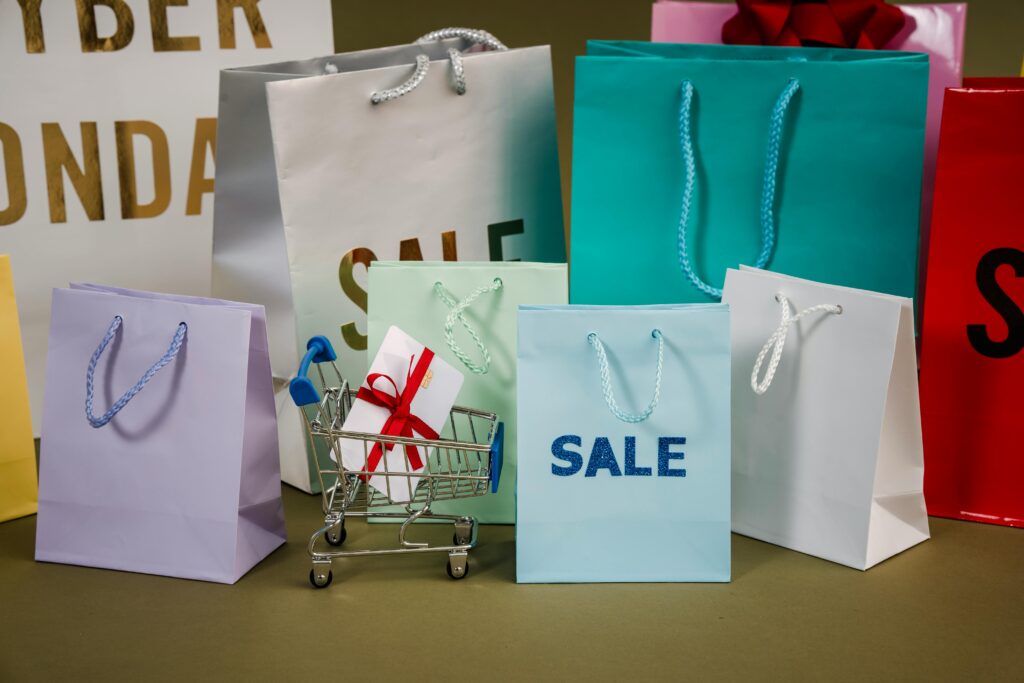
The environmental implications of such a low recycling rate are profound. When waste is not recycled, it adds to the problem of overflowing landfills. This can cause soil and water pollution. Additionally, the incineration of waste releases harmful pollutants into the atmosphere, exacerbating air quality issues and contributing to climate change.
To improve the recycling rate beyond the current 9%, concerted efforts are needed at multiple levels. This includes improving public education campaigns. These campaigns will inform people about why recycling is important and how to do it right.
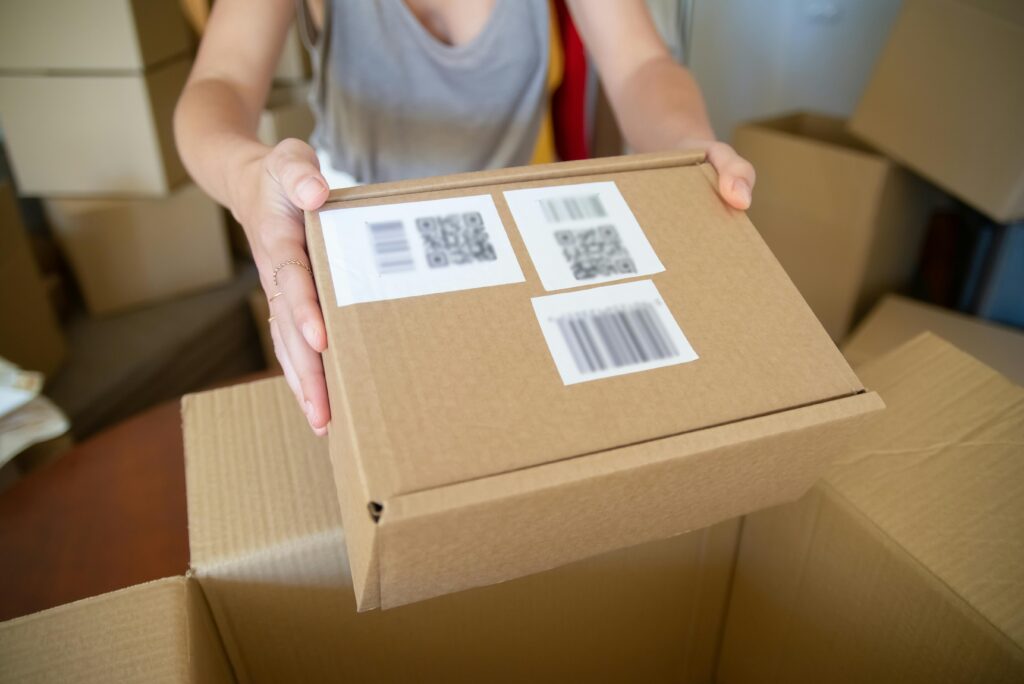
Why Choose Earth-Friendly Packaging?
We will also invest in better waste management systems. Additionally, we will create policies that encourage recycling instead of throwing things away.
Businesses can play an important role by using sustainable practices. They can design products that are easier to recycle. They can also use recycled materials in their manufacturing.

In conclusion, the fact that only 9% of waste gets recycled underscores a critical challenge that requires immediate attention and action. By tackling the barriers to recycling and promoting a culture of sustainability, we can create a circular economy. In this economy, materials are reused and repurposed. This change will benefit both the environment and society. This waste harms the environment. It leads to polluted ecosystems and higher carbon emissions.
Why Choose Earth-Friendly Packaging?
Shoppers value sustainability. Studies show 60% of consumers prefer brands that use eco-friendly packaging options like recyclable or compostable materials. By switching to sustainable packaging solutions, your business can:
- Reduce its carbon footprint (less energy used vs. plastic)
- Avoid plastic waste (1 million marine animals die from plastic yearly)
- Build customer trust (74% pay more for eco-friendly brands)
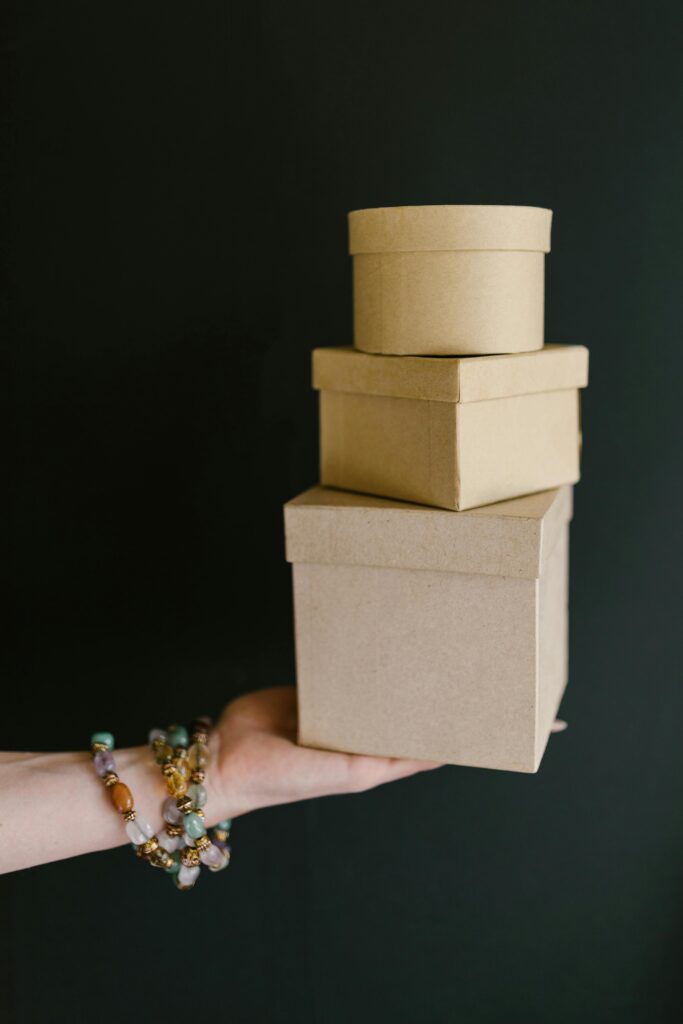
5 Simple Earth-Friendly Packaging Solutions

1: Recyclable Packaging:
Recyclable packaging companies reuse materials like paper, cardboard, or glass instead of trashing them. Example: Brands like Patagonia use 100% recycled materials for mailers.
2:Compostable Packaging
Breaks down naturally in compost bins. Ideal for food, cosmetics, or organic products. Example: Compostable coffee bags made from plant starch.
3: Plastic-Free Alternatives
Replace single-use plastics with materials like:
Mushroom mycelium (for protective cushioning)
Seaweed (water-soluble food wraps)
4:Recycled Materials
Give old materials new life! Post-consumer recycled paper or PET plastic reduces landfill waste.:
5:Custom Branding on Sustainable Packaging
Eco-friendly can be exciting and fun. Use recycled paper, soy-based inks, or embossed designs to make your packaging stand out.
Data Spotlight: Small Changes, Significant Impact
Switching to sustainable packaging solutions isn’t just ethical—it works. A 2022 Sustainable Packaging Coalition study found that brands using recyclable materials cut carbon emissions by 22% annually. Even small steps, like replacing plastic mailers with compostable ones, add!
How to Start Using Earth-Friendly Packaging
1.Audit Your Current Packaging
2.Identify plastic use, non-recyclable materials, or excess layers.
3.Talk to Suppliers
4.Ask about recycled materials, compostable options, or low-carbon designs.
5.Test Eco-Friendly Prototypes
6.Try small batches of recyclable boxes or plant-based pouches.
7.Add labels like “100% Plastic-Free” or “Compost Me!” to highlight your efforts.
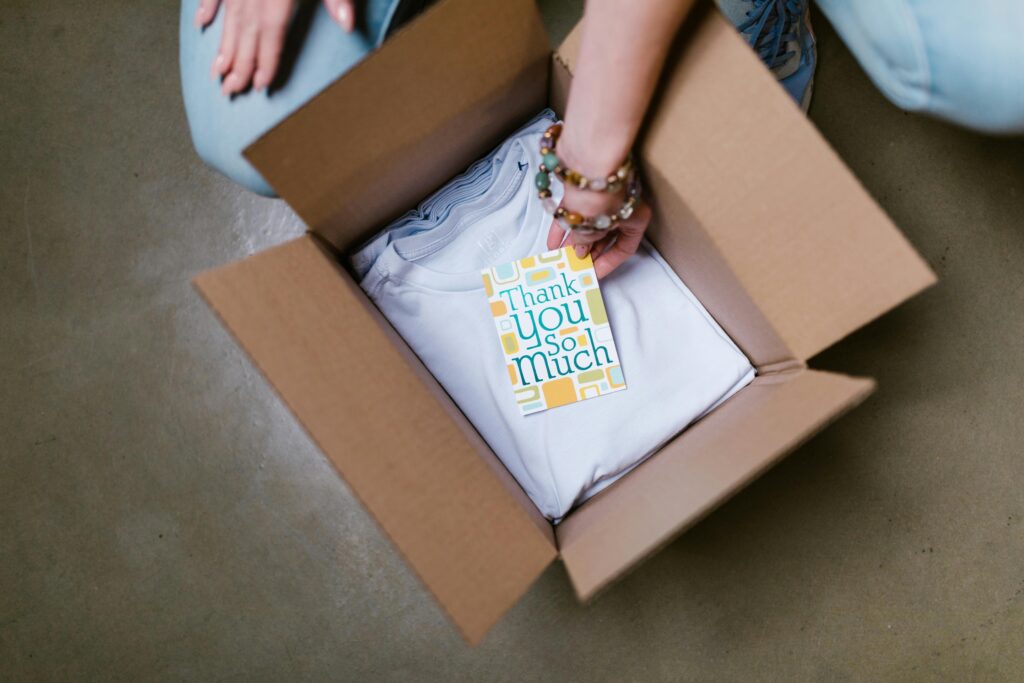
You don't know how to start customizing?
Check Here



We Love to Hear From You
You can write down your detailed requirements in the message, for example, style, material, size, quantity, printing requirements, etc. You can also leave accurate contact information, we will contact you within 24 hours!
Leave A Message

